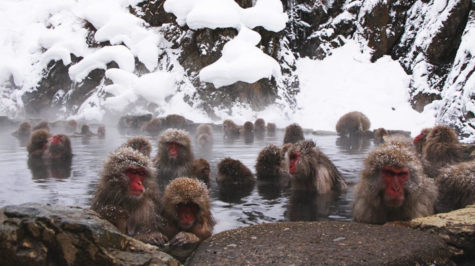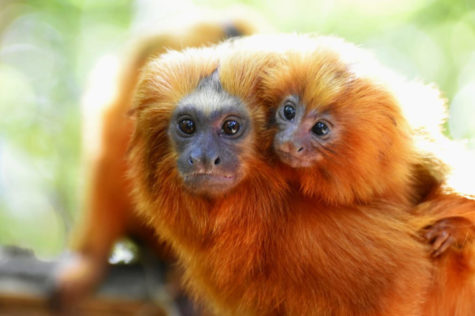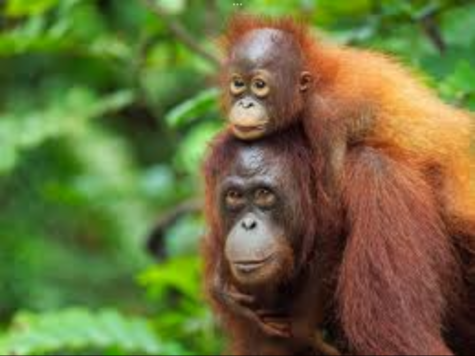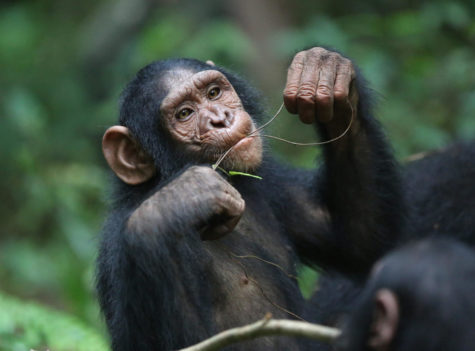Top Five Primates
Monkeys are fascinating creatures with diverse species found in different parts of the world. They range from the smallest primates that can fit in the palm of your hand to the largest species that are almost human-like in their behavior and intelligence. I have come up with a list of the top five monkeys based on their popularity, size, behavior and conservation status.

In fifth is the Japanese Macaque, also known as the snow monkey. Japanese Macaques are found in Japan and are known for their adaptability to cold water. They are social animals and live in large groups, often soaking in hot springs during the winter to keep warm.

Next is the Golden Lion Tamarin, they are a small, brightly colored monkey found in the Atlantic coastal rainforest or Brazil. They are considered to be endangered due to habitat loss and hunting, but conservation efforts have helped increase their population.

To add onto, the next primate is the Mandrill. Mandrills are one of the largest species of monkeys and are known for their striking appearance with colorful faces and butts. They are found in rainforests or West Africa and live in large social groups.

Second is the Orangutan, they are found in the rainforests of Borneo and Sumatra and are known for their distinctive reddish-brown fur and long arms. They are intelligent, gentle and have a solitary lifestyle. Orangutans are also considered to be critically endangered due to habitat destruction and hunting.

The best monkey is the Chimpanzee. Chimpanzees are the closest living relative of humans and are highly intelligent, social and adaptable animals. They are found in Africa and are known for their tool-making abilities, communication skills and complex social hierarchy.
Monkeys are mesmerizing creatures with diverse species found in different parts of the world. Overall, studying and appreciating these top 5 monkeys can provide a deeper understanding of our primate cousins and the importance of protecting their existence for future generations.

Hiii! My name is Kinley, and I am a senior this year. This is my fourth year in journalism. I am excited to say I am the Editor and Chief of journalism...

